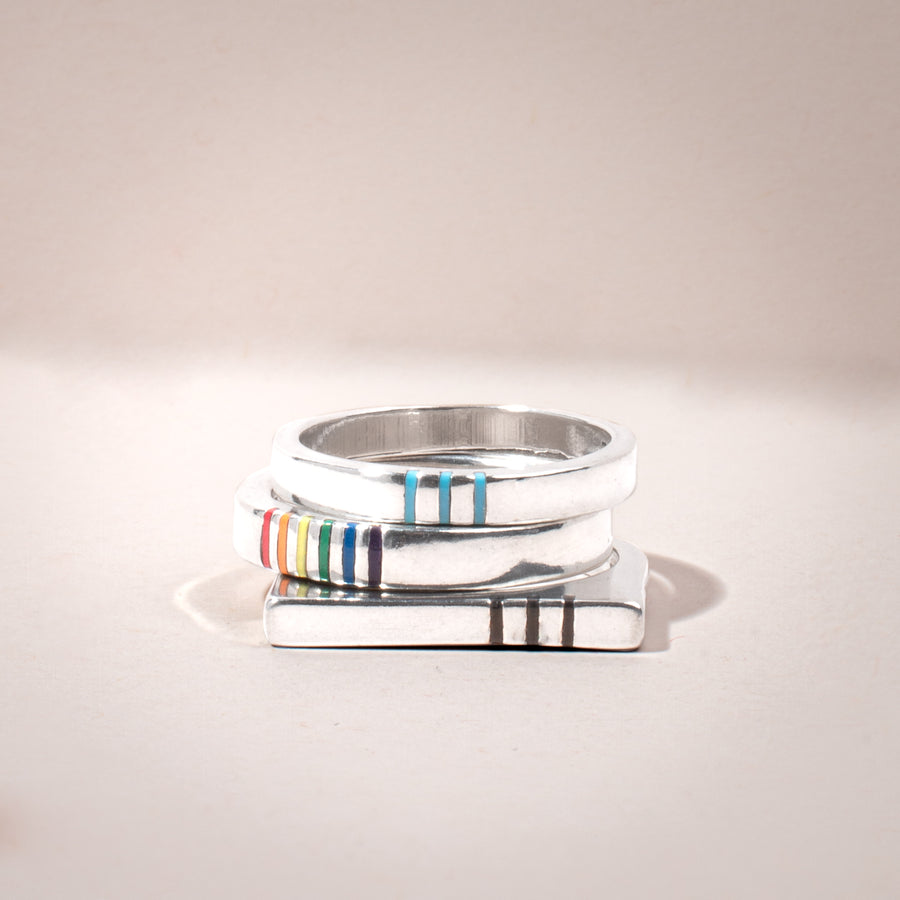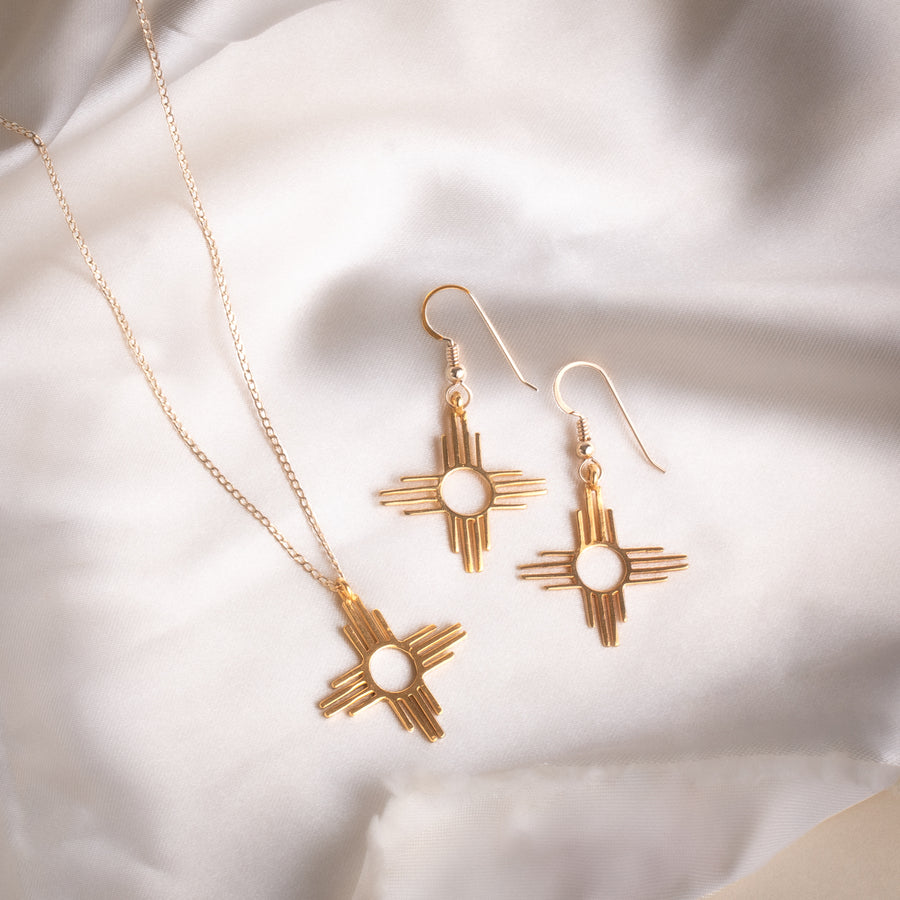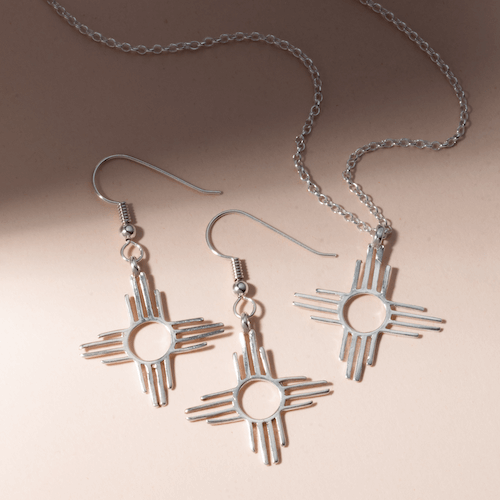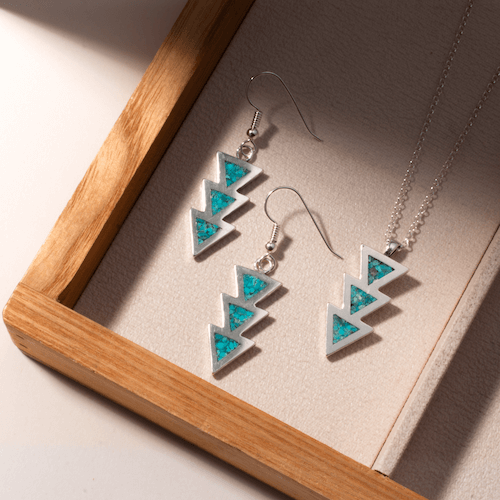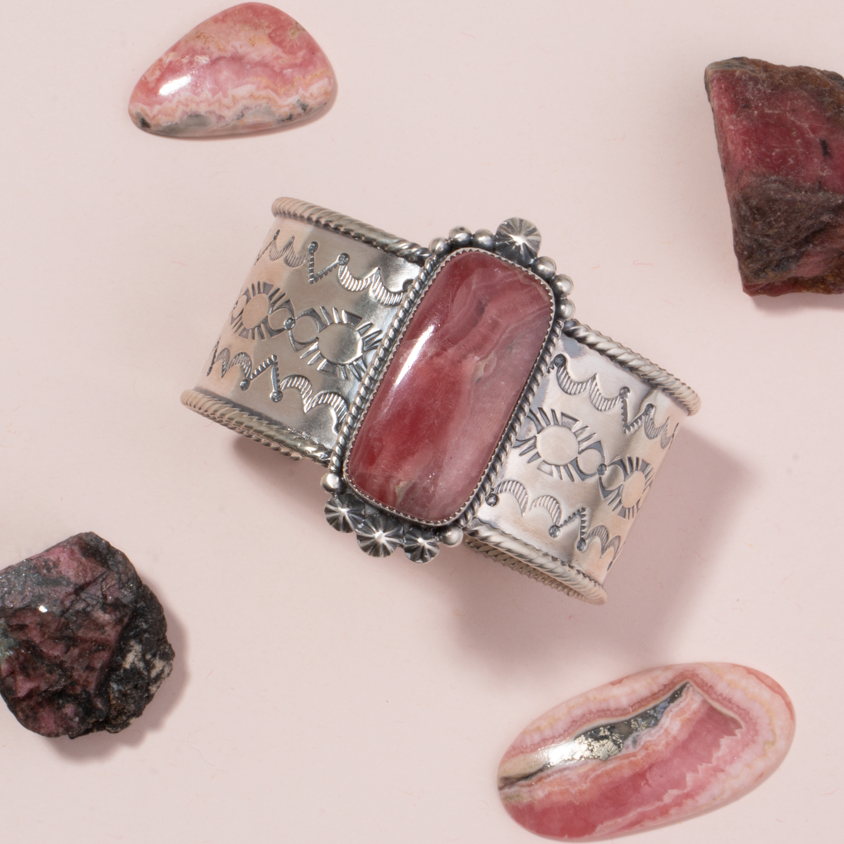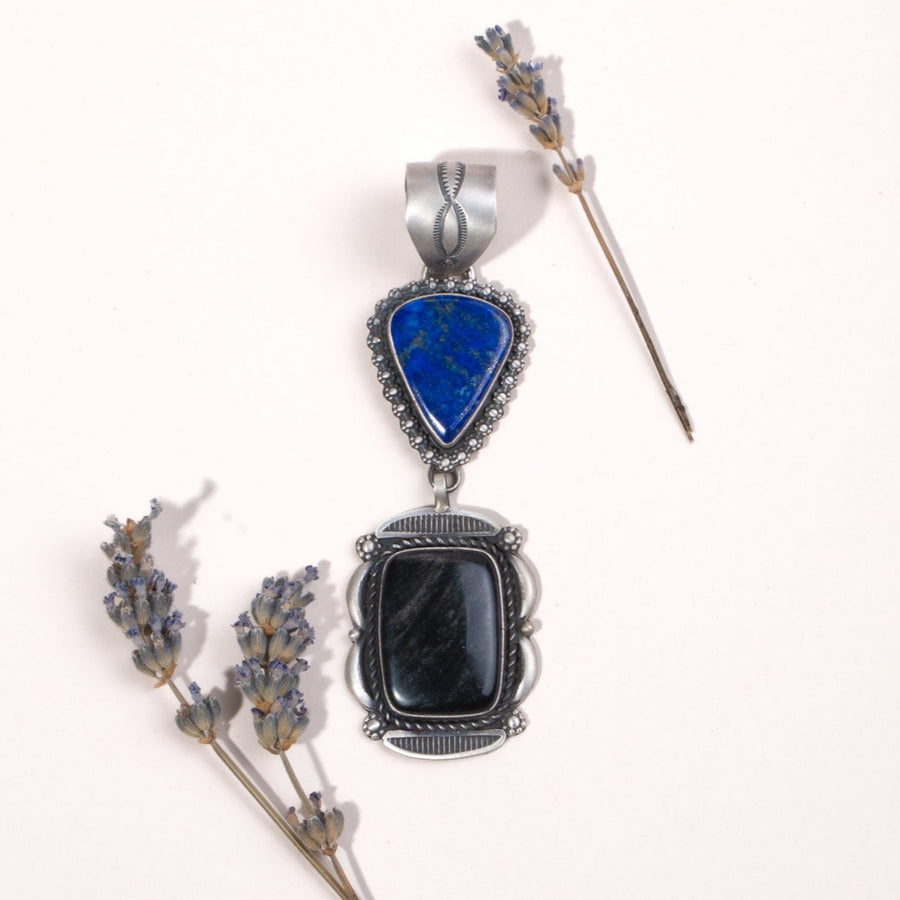Lapis Lazuli
Lapis Lazuli has been prized for its beauty for thousands of years. The intensity of its deep blue color made this metamorphic stone popular as an adornment in cultures all over the world. Lapis’ inherent beauty and rich color make it a sought-after choice for a wide variety of art.
The gemstone appears not only in jewelry as whole stones, but in paintings as a powder. Ground up, Lapis stones make “ultramarine,” a blue pigment highly valued by painters. Baroque and Renaissance artists such as Vermeer and Titian used ultramarine in their paintings and Van Gogh used ultramarine pigment in The Starry Night. Due to the expense, only the most skilled artists with wealthy benefactors could afford to use ultramarine in their work. Even today, ultramarine pigment can sell for up to $1000 a pound.
The rich color of lapis comes from trisulfur within the stone. Lapis is formed within crystalline marble that is altered by natural forces such as heat or pressure. The fact that it can be highly polished makes it desirable for not only jewelry, but other items such as carvings and statues. Lapis is highly sought after for mosaics and is a good stone to use for cabochons and beads. As it is somewhat porous, lapis must sometimes be treated or dyed before use to cover the presence of white calcite in the stone.
Due to its softness, jewelry or other items containing lapis should be stored separately, so abrasions don’t occur from the stone rubbing against other stones or metals. Individual loose stones should also be stored separately to avoid damage.
The rich qualities of this crystal gemstone have enhanced various types of adornment and art throughout history. That popularity continues today, as many choose lapis’ beauty for the jewelry they wear.
